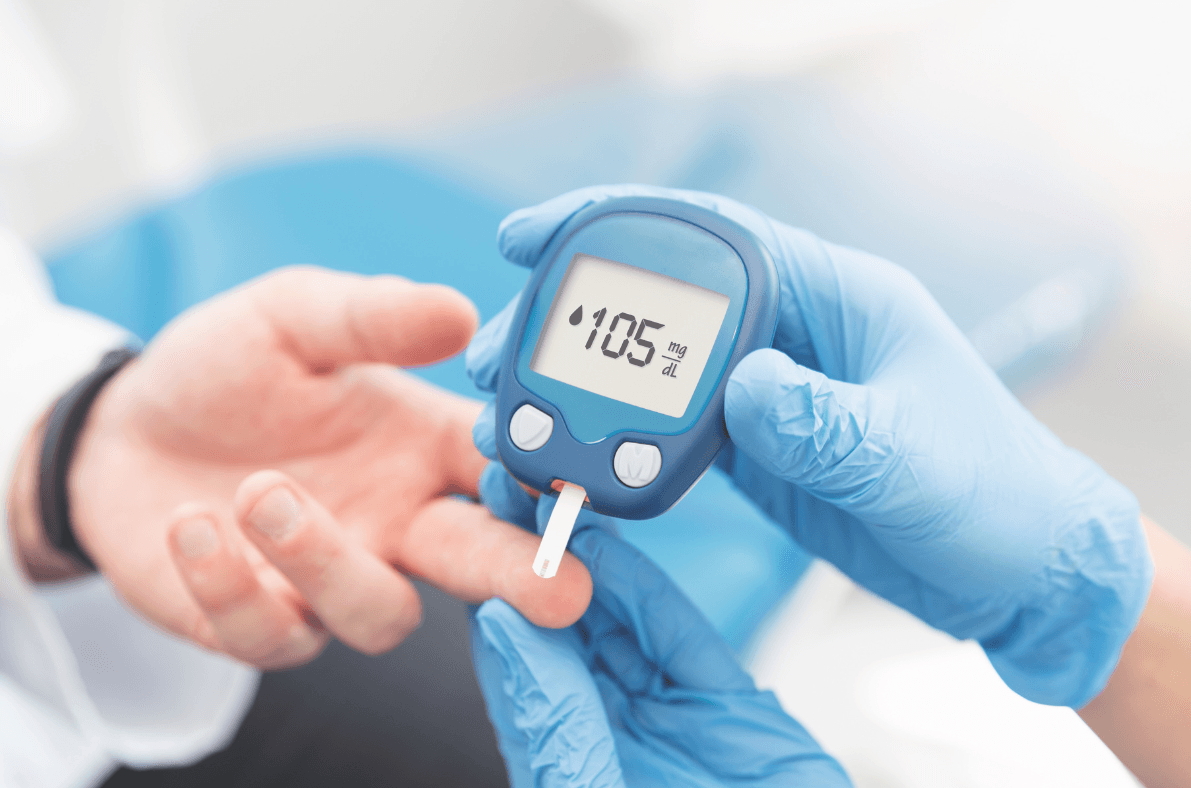Acne is a skin issue that plagues teenagers, but it can also affect you long into adulthood. It can be devastating to your self-esteem to deal with large blemishes on your face and body, not to mention it’s often uncomfortable. What can you do to prevent acne from forming in the first place?
Here are five top ways of preventing acne.
1. Wash Your Face with Soap and Water
You should gently wash your face every morning and night with warm water and gentle soap. There are some soaps that are specially formulated to help with acne and these may help, but they can also be drying. You may wish to use acne soap just once a day. Washing regularly will reduce the amount of dirt that collects in your pores and can also rinse away oils and sweat that can clog the pores.
2. Use a Moisturiser
The acne products that you may use tend to dry out the skin, which can cause peeling and more issues with your skin. To prevent this, you should look for a moisturiser that says non-comedogenic on the label as it’s a much gentler formula.
3. Use an Acne Product
You’ll find many acne preventing products are available. These usually use lactic acid, glycolic acid, salicylic acid, and benzoyl peroxide. You should always start out with a very small amount, as these products can be drying and may affect your skin adversely. If you notice any issues or sensitivities, you should stop using the product.
4. Avoid Using Makeup
If you usually wear makeup, you need to avoid it while you’re dealing with an outbreak. Eye makeup rarely causes issues, but anything that could clog the pores on your face should be avoided. In between breakouts, use oil-free mineral makeup and remove it once you are home.
5. Keep Your Hair Clean
Your hair can transfer oil to your face, which may contribute to your acne breakouts. Keep hair off the face and be sure to wash it frequently. You want to avoid oily hair touching your face, but it’s also a good idea to skip gels and products that could get on your face and irritate the skin. If it stays on your hair after a shower, it can block your pores, so keep your hair back.
If these tips don’t reduce or eliminate your acne, it’s time to look for professional help. A dermatologist can help you find the routine that works for your face and may recommend a better product to use.
To learn more about how to prevent acne, contact our online dermatologist.











